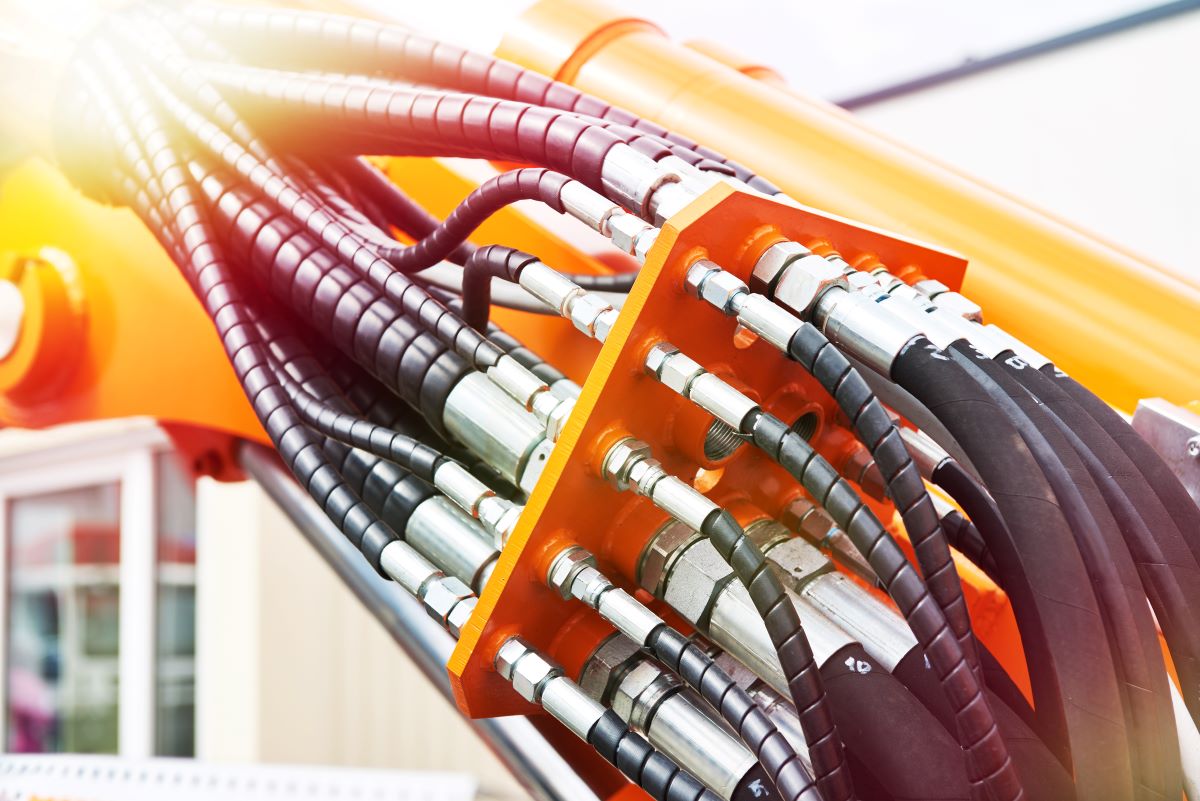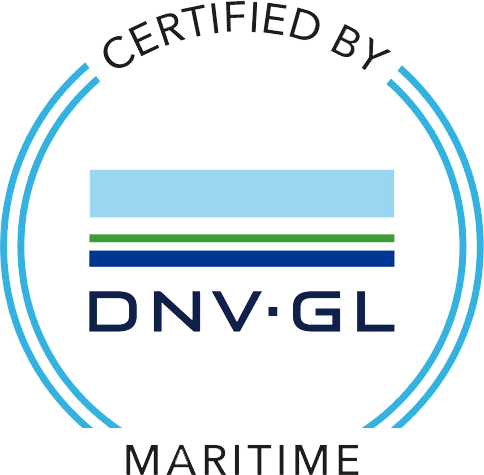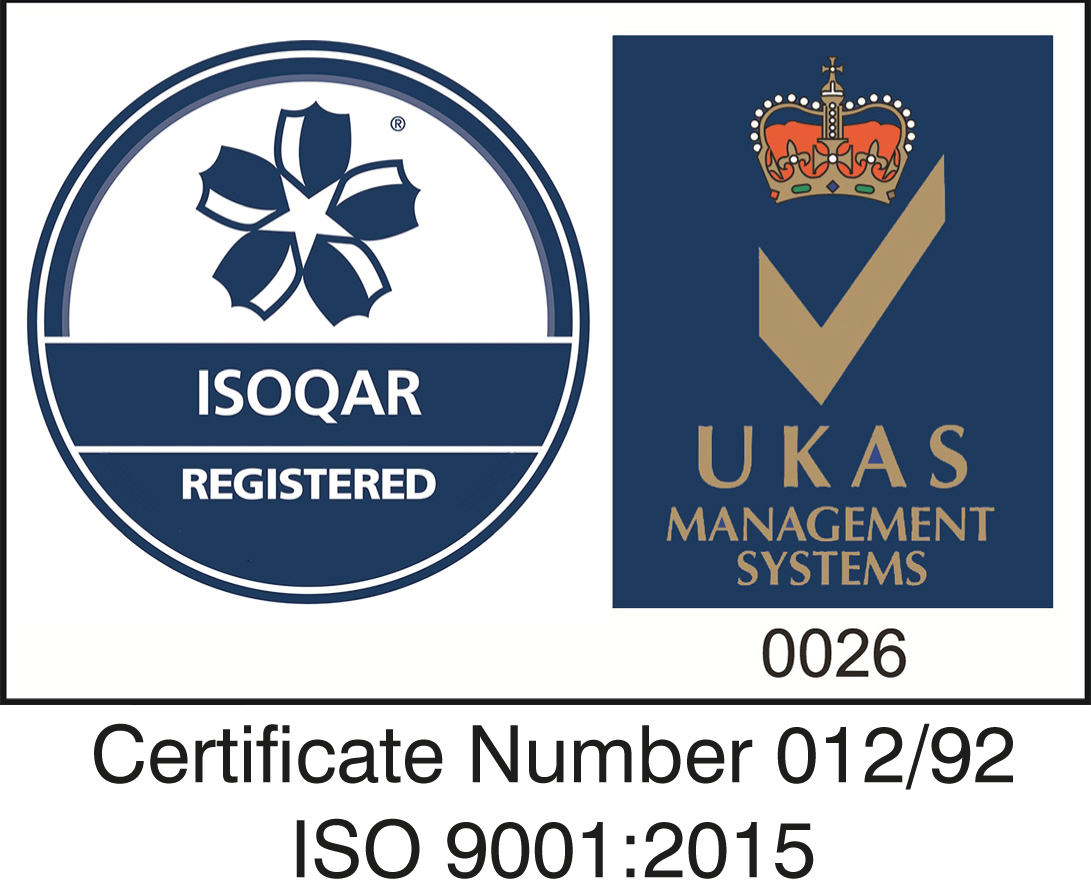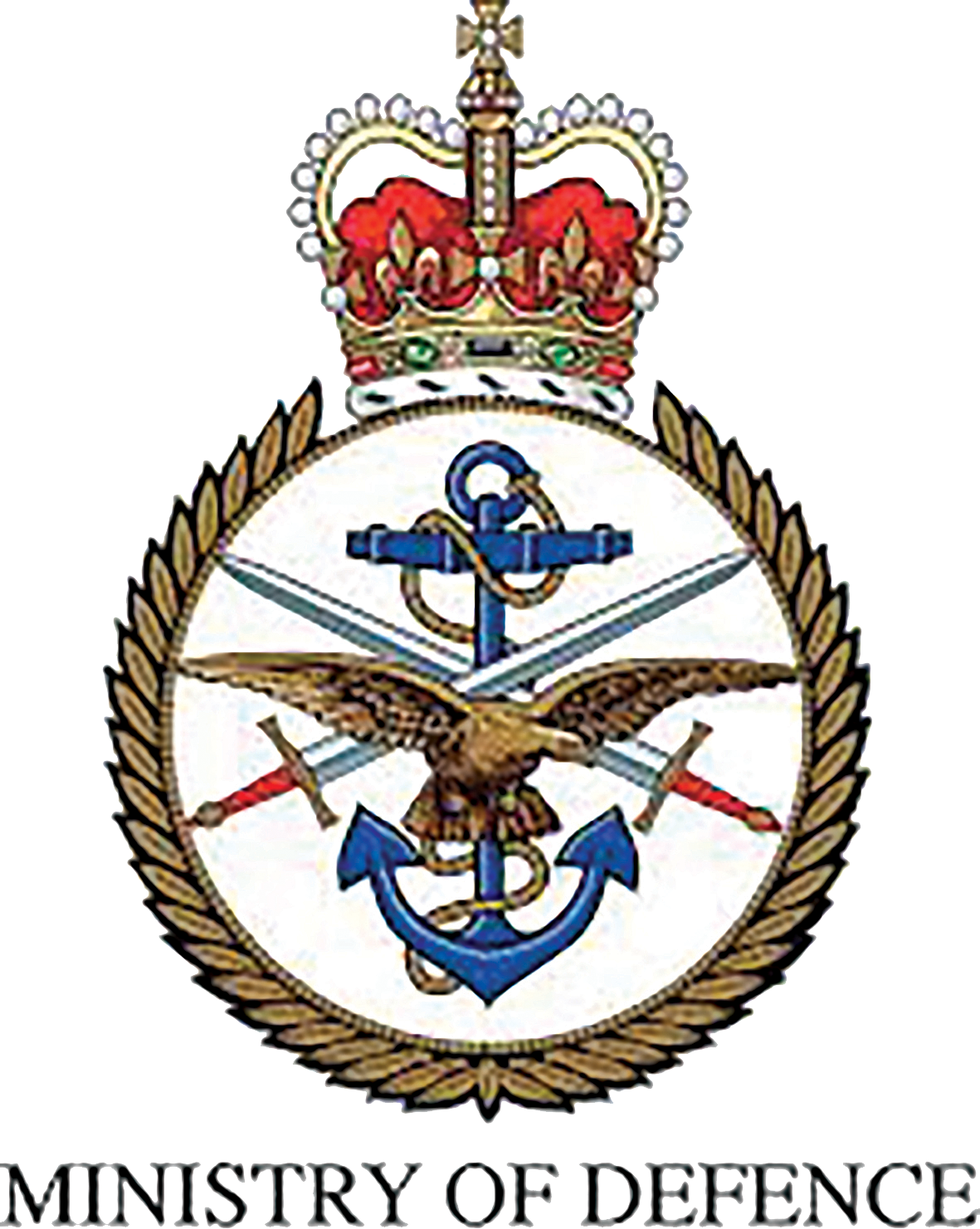Hydraulics vs pneumatics – Which should you choose?
The power needed to carry out tasks in construction and manufacturing applications typically comes in the form of mechanical, electrical, hydraulic or pneumatic.
In today’s modern machinery, it’s more commonplace to come across heavy-duty machinery that’s operating on fluid power – whether that’s hydraulic or pneumatic. This is because fluid power is capable of generating greater force and lifting heavier loads than the likes of electrical or mechanical power.
So, how do you know if a machine should be powered by hydraulics or pneumatics? In this article, we’ll discuss the key differences between the two.
The difference between hydraulics and pneumatics
Hydraulics and pneumatics are both forms of fluid power. This means that they rely on similar principles of motion and physics through the use of fluids, but the processes that they use to achieve the end result are very different.
Hydraulics generates fluid power through pressurised liquids, whereas pneumatics uses pressurised air or gas. Therefore, the main difference between the two is the substance which is used to power the machine.
Typically, hydraulics will be used for heavier-duty applications as they have the ability to generate larger amounts of force needed to complete tasks such as lifting, clamping and pressing.
On the other hand, pneumatics are favoured when automated mechanical motions are required such as clamping, gripping and stacking as they’re able to execute these repetitive motions cleaner and faster.
With that being said if there are times when there may be blurred lines between the requirements of your application, how do you weigh up the pros and cons of each to choose the right one for you?
The criteria for hydraulics/pneumatics selection
When comparing hydraulics and pneumatics closely, there are six main criteria that should be taken into consideration.
1. Speed
When it comes to speed, pneumatics has the advantage over hydraulics every time. This is due to the fact that compressed air has a high flow rate and is less resistant than liquids, meaning it can flow through pipes much faster than oil or water
Pneumatics can release energy much quicker than hydraulics and have a faster response time when a change of state or direction is needed. The quick motion they provide at higher speeds works perfectly for moving applications and equipment such as actuators.
In comparison, hydraulic fluid is more viscous than air with greater resistance and density. This means that whilst it is able to generate greater pressure and force, it isn’t as nimble as air or gases.

2. Strength
Hopefully, this one is fairly obvious at this stage in the blog, but hydraulics have the advantage over pneumatics when it comes to strength.
Essentially, the same properties that make hydraulic fluid slower are also what make it stronger. Hydraulic fluids are incompressible with a high mass density, meaning they can generate considerable levels of pressure and therefore, power.
If we take a look at the numbers, hydraulic applications can produce operational pressure from 1,000-5,000 psi and even up to 10,000 psi or more for the heaviest-duty applications such as cranes. In pneumatic applications, gas can generally only be compressed up to several hundred psi.
3. Energy efficiency
When operating machinery, energy consumption is a huge consideration for any business. So, how does hydraulic and pneumatic power compare in the energy stakes?
To start with, hydraulic and pneumatic machines will usually require some form of electrical power input to operate. In a pneumatic system, an air compressor is required to continuously run and in a hydraulic system, electrical power is typically needed to drive the pump.
The air compression process in pneumatics can lead to a loss of energy through heat production. The air supply cannot be recycled and therefore requires continuous replenishment. In this regard, pneumatic systems can lead to high energy consumption particularly if measures aren’t taken to improve their efficiency.
On the other hand, hydraulic fluids can be used over and over again throughout the process which reduces the need for replacement. However, most of the energy consumed by the pump is generally wasted as the fluid is constantly circulating the system yet the application may not necessarily require this continuous output.
In general, a well-maintained and filtered hydraulic system may be considered more energy efficient. However, this can depend on the application at hand, as the more viscous the fluid the more energy it will use.
4. Maintenance
Pneumatics are naturally cleaner and require less maintenance than hydraulics, since the substance they use is air. Whilst air does contain contaminants the risks aren’t as high, so a simpler inspection schedule and preventative maintenance are enough to keep the system in check.
Hydraulics, on the other hand, requires regular maintenance and checks to prevent the risk of corrosion. Corrosion is one of the main causes of failure in a hydraulic system, so it’s critical to frequently monitor how the system components are being affected by the fluid.
5. Complexity
Hydraulic systems are complex in design but simple in operation. They contain many components and are highly engineered, but they have fewer moving parts than pneumatics and are easily controlled with simple functions such as buttons and levers.
Pneumatic systems are typically simpler in design and operate at lower pressures than hydraulics. They can be constructed with simpler and often cheaper components, and since they’re not working with corrosive materials they require fewer precautions to be put into place.

6. Safety
When comparing the two fluid power methods, pneumatics are generally safer due to the fact that they aren’t using hydraulic fluids.
Hydraulic fluids can be incredibly hazardous if leakage occurs, and can pose great danger to operators and technicians. These liquids are highly combustible and those operating hydraulic machinery also risk being scalded or injected in the event of a leak.
Pressurised air, on the other hand, poses no fire danger but may possibly result in physical injury if the air escapes. Pneumatic systems operating with pressurised gases may pose higher risks, but hydraulic fluid still stands as the most dangerous substance.
In summary, pneumatics require fewer safety precautions, but as long as these are implemented and followed correctly on a hydraulic system then that too can be operated safely.
Choosing between pneumatics and hydraulics
Whether your machinery requires hydraulics or pneumatics depends entirely on the application at hand and its requirements.
Generally, pneumatics are the go-to choice where cleanliness and hygiene are of the utmost importance such as in medical environments, and hydraulics provide the force and power needed in industrial and construction settings.
Derek Lane & Co supplies reliable, high-quality pneumatic and hydraulic components. We can make recommendations on the most suitable product for your application, and our fully engineered services mean we can offer a bespoke turnkey solution.
If you’re looking for a reputable supplier, get in touch with us.










